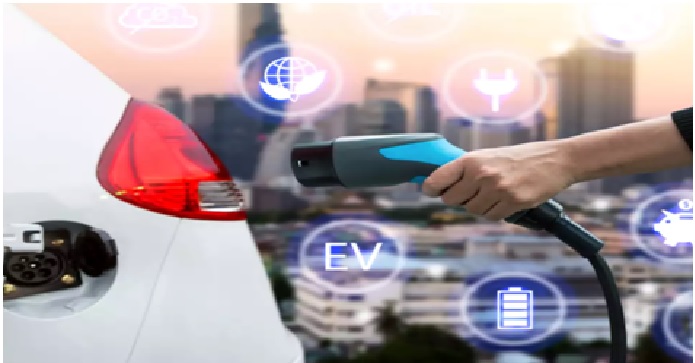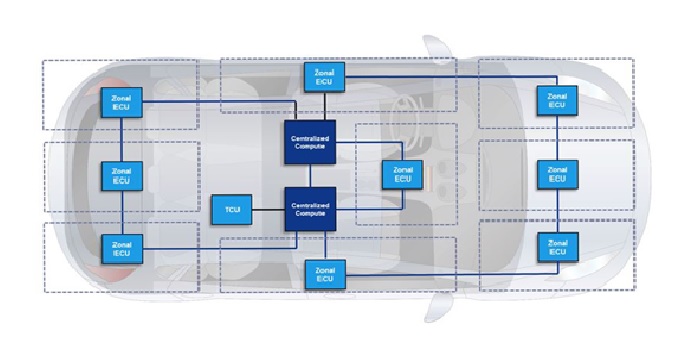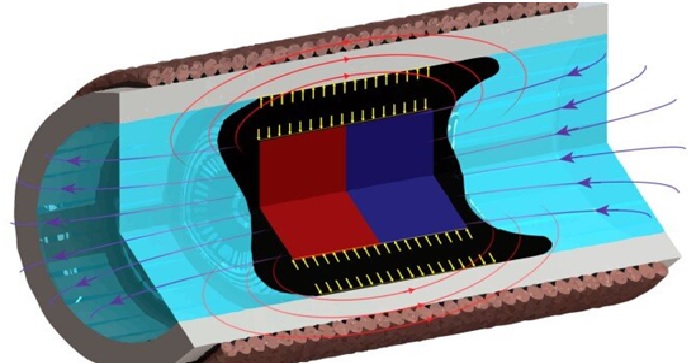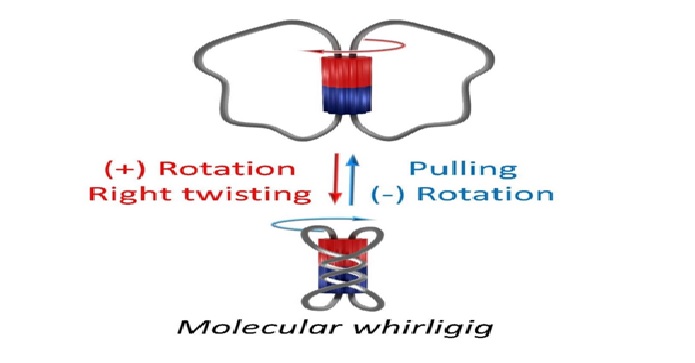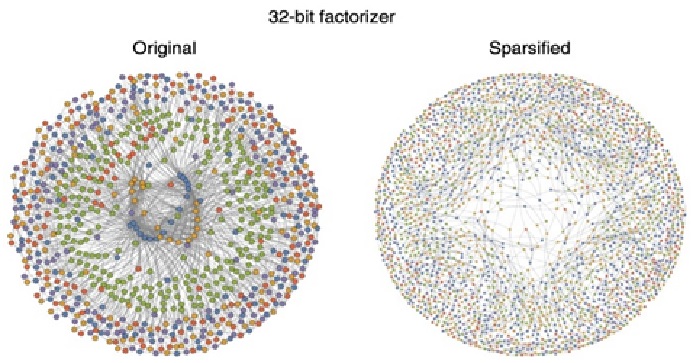Overview of Smart Infrastructure in mobility
Smart infrastructure is widely acknowledged as one of the main components of smart cities. It extends not only to smart roads, automated parking, and IoT but also to all the various signals and signs along the roadside that provide information to drivers and AVs. AI-based driving systems utilize a broad range of advanced sensors to understand their environment and make data-driven decisions. For example, sensors factor in road signs and other visual information to make an optimal driving decision. Startups develop many solutions for smart infrastructure and smart roads to enable vehicles to communicate with their environment and reduce the burden on drivers. [1]

Figure 1. Overview of Smart Infrastructure in mobility
Figure 1 shows as the global population grows, humanity is putting increased pressure on the planet, changing the climate, depleting resources and polluting the environment.
Smart Infrastructure is the ideal partner for customers on their sustainability and digitalization journey. Our portfolio addresses the complete value chain across buildings and electrification, both increasingly growing together at the grid edge. Our smart building and electrification products, systems, solutions and services improve energy and resource efficiency, facilitate the transition towards renewables and decentralized power generation, while ensuring resilient and reliable power supply. [2]
Benefits of smart mobility systems
Smart mobility promises to bring a number of benefits for the majority of businesses across nearly every industry, efficiency being the most measurable. Removing redundant systems that produce unnecessary waste resulting in loss of revenue and valuable time will have a positive effect on businesses, not to mention workforces. The cost of congestion within the United States has been cited at $160 billion dollars annually. Reducing this congestion would result in more accurate scheduling for transportation of goods and arrival times. In addition to reduced congestion comes increased safety as a result of less traffic and better visibility for drivers.
Increasing efficiency with smart mobility services would not only have a positive impact on the economy. The environmental impact of a massive decrease in CO2 emissions and resulting pollution would positively improve the quality of life for the urban population. [3]
References:
- https://www.startus-insights.com/innovators-guide/top-10-mobility-industry-trends-innovations-in-2021
- https://new.siemens.com/global/en/company/topic-areas/smart-infrastructure.html?gclid=CjwKCAjw2rmWBhB4EiwAiJ0mtfBwsFW1cz5FthHiBmvqDDcJCTh1hOBkCMfVK0wkjrmfEWHxJkOb-RoCUkYQAvD_BwE&acz=1
- https://www.verizonconnect.com/resources/article/smart-mobility/
Cite this article:
Thanusri swetha J (2022), Overview of Smart Infrastructure in mobility, AnaTechMaz, pp.227


